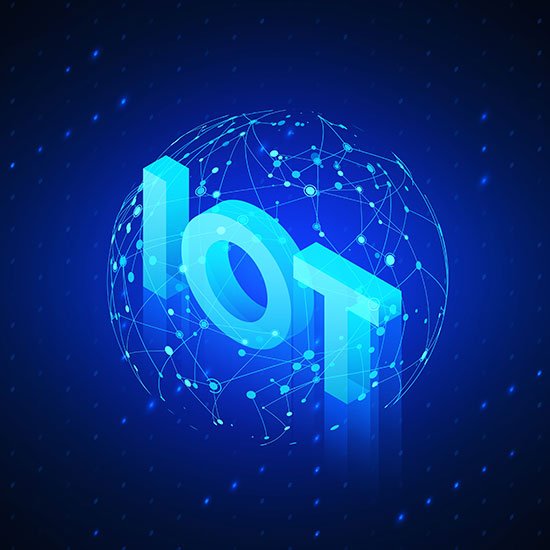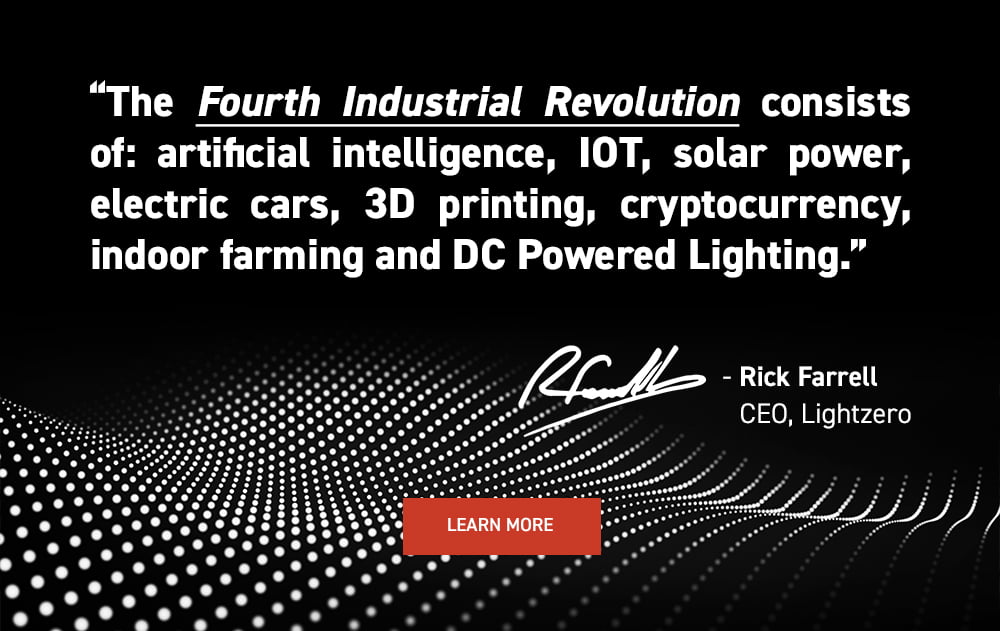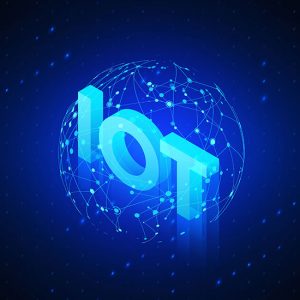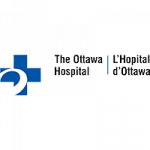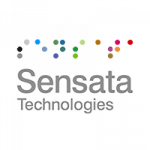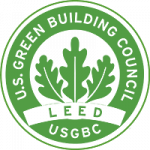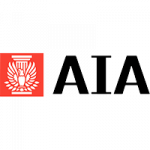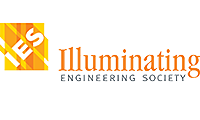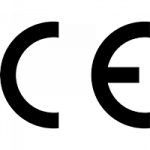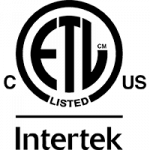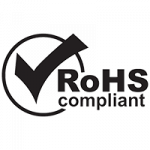“Internet of Things” Lighting or IoT Lighting is a network of LED light fixtures, controls, and sensors that connect and exchange data with other devices and systems over the internet.
Gartner forecasts that there will be 25 billion connected 'things' in use in 2021
Advanced computer software helps remotely control your home or office lights. Customize and schedule smart lights using a hub, voice commands, or a smart phone app.
New-generation smart lighting can bypass the home or business network. They directly connect to your phone via Bluetooth. You can only control the lights within Bluetooth range. They cannot be controlled remotely (e.g., when you are out of your home).
Why Homeowners Love Connected Lighting
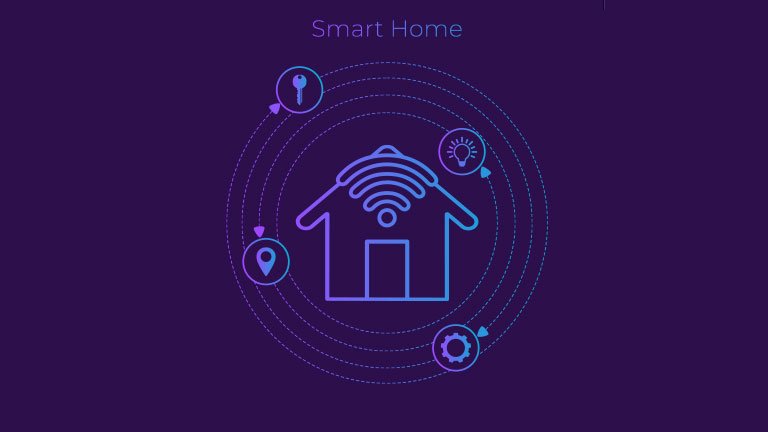
Homeowners are increasingly adopting smart LED lighting. They are more efficient, last longer, work smarter and help reduce energy costs. A stimulus for smart residential lighting is its convenience and safety added with programmed lighting.
People are intrigued by the ability to remotely control their homes lights. People love to give voice commands to Amazon Alexa or Google Home to dim the lights, set timers, and change moods. Cloud connected lighting is especially useful when people are traveling. They can set the smart home to “away mode” and turn on/off the lights at random times to make it appear someone is home.
Smart bulbs work with existing electrical sockets, so extra wiring is not needed.
Simple plug and play installation make upgrading to an internet connected lighting system a breeze.
Smart Residential lighting is simple to set up, and simple to use.
So, what is the downside?
It is great if you only need to manage a handful of light fixtures. However, scaling up to control many zones (rooms) can be complex and expensive
Why Businesses Are Cautious About Residential Smart Lighting

Decisions that guide commercial lighting deployment are not the same as residential lighting. The primary needs are efficiency, cost, compliance, risk, and ROI.
As mentioned above, Residential Smart Lighting solutions do not scale up well. Wireless communication technologies (e.g., Bluetooth or Wi-Fi) to connected LED lights typically receive line-voltage alternating-current (AC) power. Adopting a Residential Smart Lighting system to a commercial building is not practical or economical.
Why Legacy AC Lighting Systems Are Not Sustainable
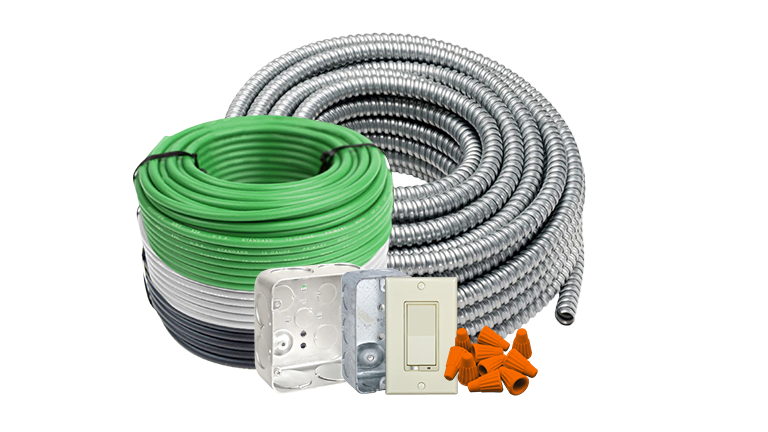
Climate change is a problem. We are now seeing the effects of global warming. Glaciers have shrunk. Average annual temperatures are rising each year. Extreme weather events are increasing in frequency and intensity. As responsible citizens, business leaders can no longer look the other way.
Legacy AC powered lighting is not sustainable. It is inefficient, complex and leaves a massive carbon footprint. Companies are now looking at more efficient and environmentally friendly lighting solutions.
The Internet of Things (IoT) is a key driver of the 4th Industrial revolution (Industry 4.0). Everything is moving towards an algorithm-based, data-centric world. IoT-driven technologies will become more common in the future.
The commercial lighting industry is moving towards connected lighting systems (CLS). It is only a question of ‘when’?
One technology that is revolutionizing connected lighting in commercial buildings is DC Powered Lighting. Ethernet cable is used to both distribute low-voltage DC power and enable network communication.
Because of the low-voltage and “plug and play” components, you do not need an electrician. DC Lighting is simple, safe, extremely efficient, and ecofriendly. This ‘disruptive technology’ is revolutionizing the future of commercial lighting.
So, how do you choose the ‘right’ DC powered lighting solution for your business?
Commercial Lighting Systems: PoE Lighting Vs. Digital Lighting

Advanced DC powered connected lighting solutions use solid-state lighting (SSL). A technology in which LEDs replace incandescent and fluorescent lamps for general lighting. Contemporary DC powered lighting solutions are Power over Ethernet (PoE) Lighting and Digital Lighting.
PoE Lighting uses standard Ethernet cable—also referred to as a local area network (LAN) cable or Category cable—to transmit power and data to intelligently manage the building’s lights and fixtures.
One disadvantage of PoE lighting, is that it requires a PoE Driver for every fixture. LED drivers manage the DC output power to the fixture. Drivers on fixtures typically last between 35,000 to 45,000 hours. The downside with multiple drivers is they produce heat and need to be replaced when they fail.
Digital Lighting is the next evolution of PoE Lighting. The Digital Light Module remotely powers and controls LED fixtures over Cat-5 Cable. Unlike PoE, it does not require PoE switches and PoE Drivers on every fixture. This is an improvement on the inefficiencies of PoE Lighting. The resulting reduction in heat load in occupied spaces and reduced maintenance costs is considerable. Digital Lighting gets rid of the heavy gauge copper wire, J-boxes and conduits required for AC lighting. The connected LED lighting fixtures increase energy efficiency by more than 90%. Digital Lighting is ‘future proofed’ and Internet of Things (IoT) enabled.
How To Make Your Digital Lighting System Secure
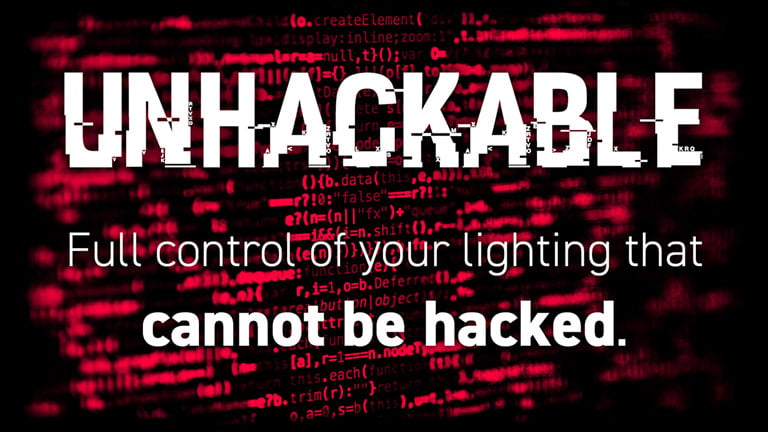
Addressing security risks is one of the biggest concerns of IoT lighting systems.
Some IoT devices come with inherent security vulnerabilities. This provides an opening for hacking, data breaches and ransomware attacks.
The safest way to secure your digital lighting system is to create an ‘air-gap’ or disconnected network. The digital Lighting network is physically isolated from the public Internet. Digital Lighting systems like LightZero is un-hackable from outside threat actors.
What's Next?

Stay ahead of emerging technology. Find out how you can benefit from installing a connected Digital Lighting System. Learn more about how you can save money, help protect the environment, provide a safe, comfortable, and productive working environment.

